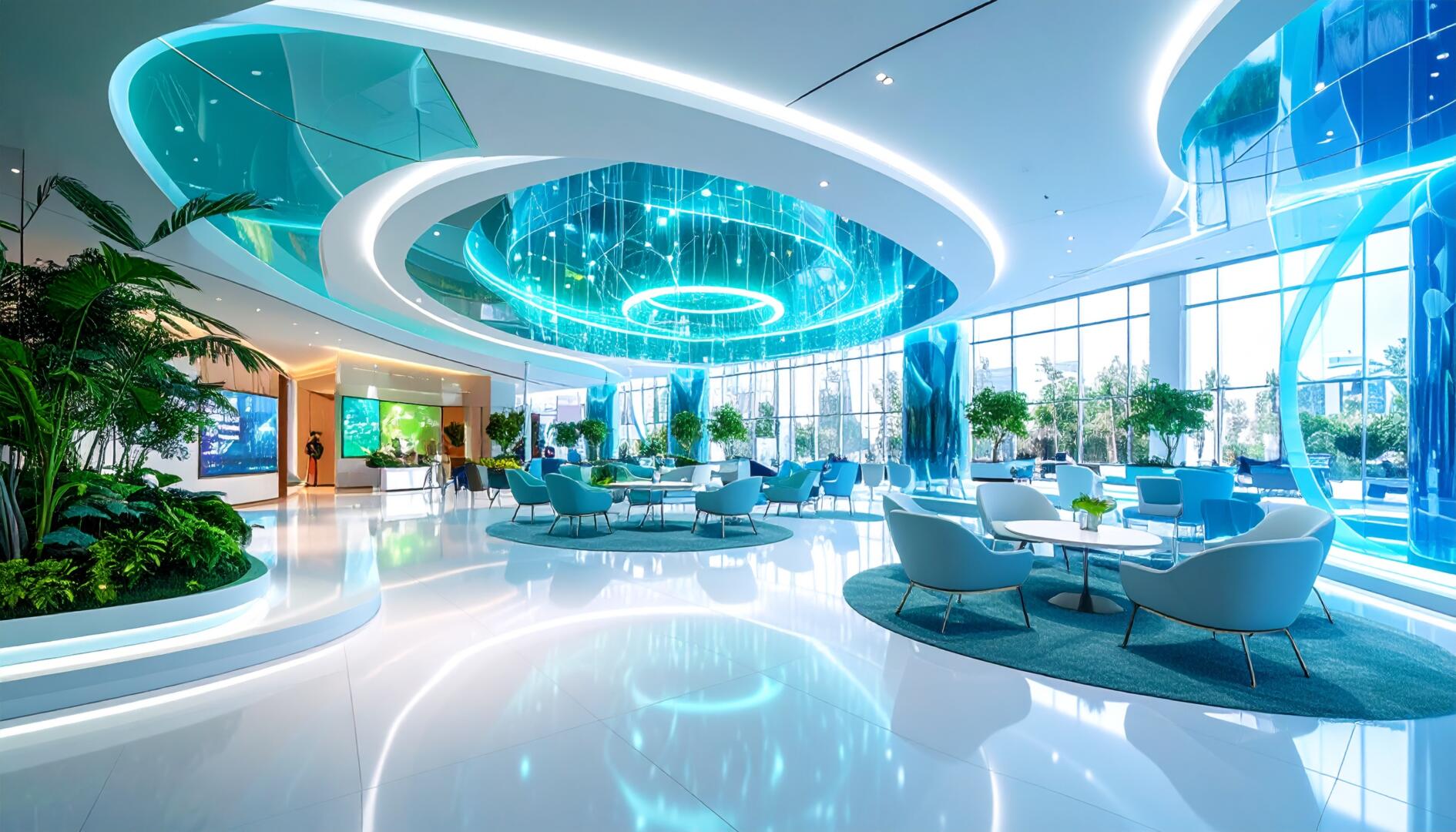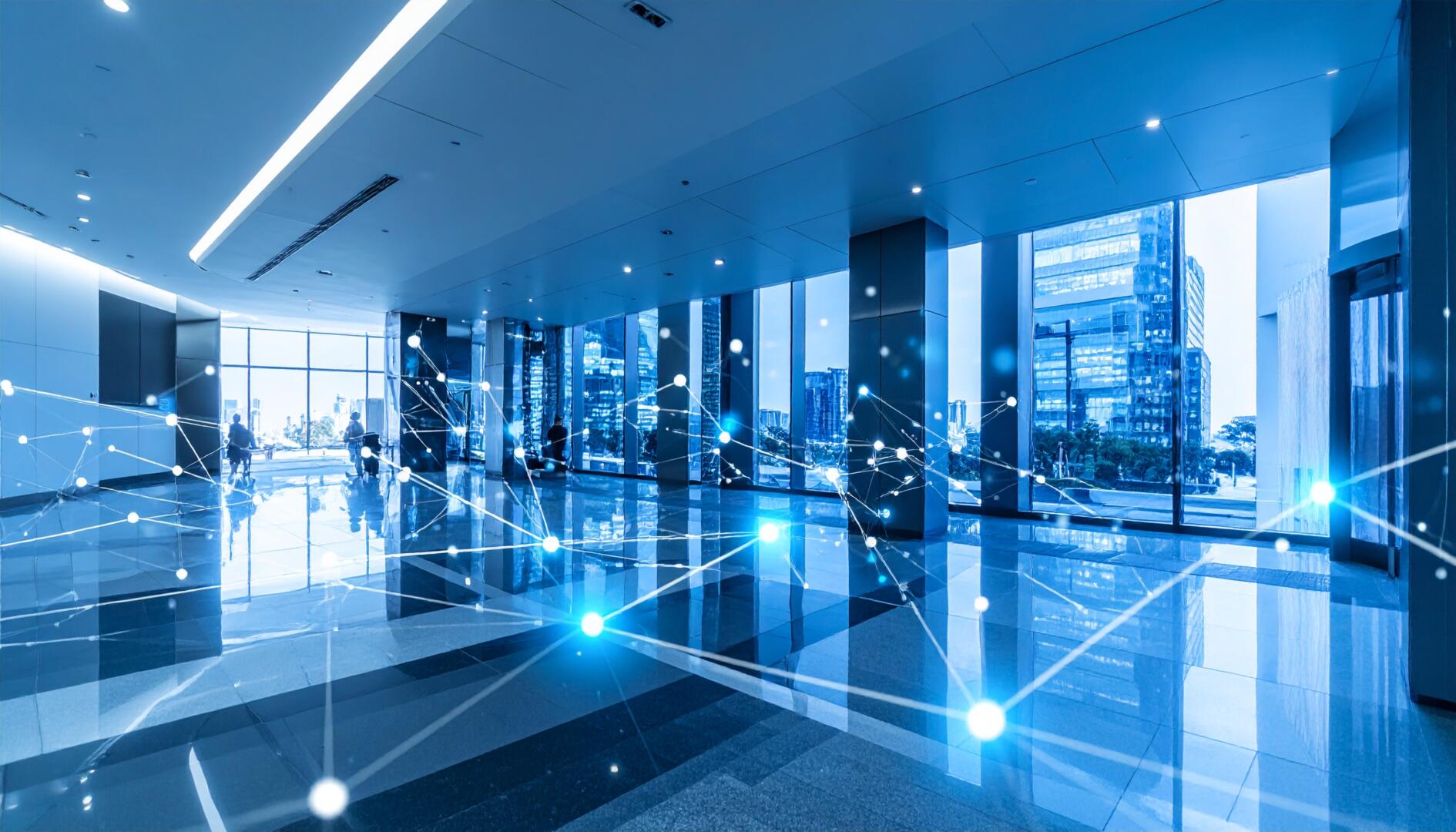
The modern business landscape is witnessing a digital transformation that extends far beyond office spaces into the very first impression visitors encounter – the lobby. Interactive touchscreen directories are fundamentally changing how people navigate and experience skyscraper lobbies, creating seamless, efficient, and memorable interactions from the moment someone steps through the door.
Gone are the days when visitors squinted at static building directories or waited in long queues at reception desks. Today’s smart lobbies leverage cutting-edge touchscreen technology to provide instant, intuitive wayfinding solutions that enhance both user experience and operational efficiency.
The Digital Revolution in Vertical Navigation

Modern skyscrapers house hundreds of businesses across dozens of floors, making navigation a complex challenge. Interactive touchscreen directories have emerged as the perfect solution, offering dynamic, real-time information that traditional static directories simply cannot match.
These sophisticated systems do more than just display floor plans. They integrate with building management systems, provide multilingual support, showcase promotional content, and even connect with mobile devices for personalized navigation experiences. The result is a lobby that feels less like a transitional space and more like a sophisticated digital gateway.
At PearlQuest, we’ve been fascinated by how these technologies transform user interactions. The potential for creating immersive, branded experiences that reflect a company’s innovation mindset truly excites our team as we explore new frontiers in digital engagement.
Enhanced User Experience Through Intelligent Design

Interactive touchscreen directories excel at solving common lobby challenges that have plagued skyscraper management for decades. Visitors no longer need to decipher small text on wall-mounted boards or interrupt busy reception staff for basic directions.
These systems offer:
- Instant search functionality allowing visitors to quickly locate specific companies or individuals
- Visual floor plans with clear pathways highlighted for easy navigation
- Real-time updates reflecting temporary changes, closures, or special events
- Accessibility features including voice commands and adjustable text sizes
- Integration capabilities with visitor management systems and mobile applications
The intuitive touch interface mimics familiar smartphone interactions, ensuring users of all ages can navigate confidently. This familiarity reduces lobby congestion and creates a more pleasant experience for everyone entering the building.
Operational Efficiency and Cost Benefits
Building managers are discovering that interactive touchscreen directories deliver significant operational advantages beyond improved visitor experience. These systems reduce the workload on reception staff, allowing them to focus on higher-value interactions rather than repetitive directional queries.
The centralized management of directory information means updates happen instantly across all displays. When tenants move floors, change names, or modify operating hours, administrators can update the entire system from a single dashboard. This eliminates the costly and time-consuming process of replacing printed materials throughout the building.
Energy efficiency also improves as these modern displays typically use LED technology that consumes less power than traditional illuminated directories while providing brighter, more vibrant displays that remain clearly visible in various lighting conditions.
Branding and Revenue Opportunities Through Digital Integration

Smart building owners are leveraging interactive touchscreen directories as powerful branding and revenue-generation tools. These platforms can display targeted advertising, promote building amenities, showcase tenant achievements, and even provide local area information including restaurants, transportation, and services.
The dynamic nature of digital displays allows for time-sensitive content delivery. Morning displays might focus on coffee shops and breakfast options, while evening content could highlight nearby restaurants and entertainment venues. This contextual relevance increases engagement and creates additional value for both tenants and visitors.
PearlQuest recognizes the immense potential in creating branded experiences that go beyond basic wayfinding. We’re inspired by how these systems can become integral parts of a company’s digital ecosystem, seamlessly connecting physical and digital touchpoints.
Technical Innovation and Future-Ready Features
The latest generation of interactive touchscreen directories incorporates advanced technologies that position buildings for future growth. Artificial intelligence powers predictive search features, while machine learning algorithms optimize content delivery based on usage patterns and peak traffic times.
Cloud-based management systems ensure these directories remain current and secure, with automatic updates and remote monitoring capabilities. Integration with building IoT systems enables features like elevator integration, where the directory can communicate with elevator controls to automatically call cars to the appropriate floor.
Mobile connectivity allows visitors to transfer directions to their smartphones, enabling turn-by-turn navigation that continues beyond the lobby. QR code functionality facilitates seamless transitions between the physical directory and personal mobile experiences.
Implementation Strategies for Maximum Impact
Successful deployment of interactive touchscreen directories requires careful planning and strategic placement. High-traffic areas near main entrances provide maximum visibility, while secondary locations near elevator banks serve users who need additional assistance.
Screen size and height must accommodate diverse user needs, including wheelchair accessibility and optimal viewing angles for various heights. Professional installation ensures proper integration with existing building systems and maintains the aesthetic integrity of lobby spaces.
Content strategy plays a crucial role in success. Regular updates, seasonal themes, and relevant local information keep the system fresh and valuable. Training building staff on basic troubleshooting and content management ensures smooth ongoing operations.
At PearlQuest, our experience with interactive technologies has shown us how proper implementation transforms not just functionality but the entire perception of a space. We’re thrilled by the possibilities these systems offer for creating memorable, efficient user experiences.
Measuring Success and ROI
Building owners investing in interactive touchscreen directories can track multiple metrics to evaluate success and return on investment. User engagement analytics reveal which features are most popular and which content drives the highest interaction rates.
Reduced reception desk inquiries provide quantifiable operational savings, while tenant satisfaction surveys often show improved ratings for building navigation and overall lobby experience. These measurable improvements justify the initial investment and support decisions for expanding digital infrastructure throughout the building.
Visitor dwell time in lobbies typically decreases as people find their destinations more quickly, reducing congestion and improving traffic flow. This enhanced efficiency creates a more professional atmosphere that reflects positively on all building tenants.
The Future of Lobby Technology

Interactive touchscreen directories represent just the beginning of lobby digitization. Future developments will likely include augmented reality wayfinding, voice-activated assistance, and deeper integration with smart city infrastructure.
Predictive analytics will enable these systems to anticipate user needs based on appointment schedules and building traffic patterns. Personalization features will remember frequent visitors and provide customized experiences tailored to individual preferences and accessibility requirements.
As buildings become more connected and intelligent, interactive touchscreen directories will serve as central hubs for building information, services, and experiences. The lobby will evolve from a simple transitional space into a sophisticated digital environment that sets the tone for the entire building experience.
The revolution in skyscraper lobbies through interactive touchscreen directories continues to gain momentum, driven by user expectations for seamless digital experiences and building owners’ recognition of the operational and branding benefits these systems provide. For forward-thinking organizations, the question isn’t whether to implement these technologies, but how quickly they can be deployed to create competitive advantages in today’s digital-first world.


